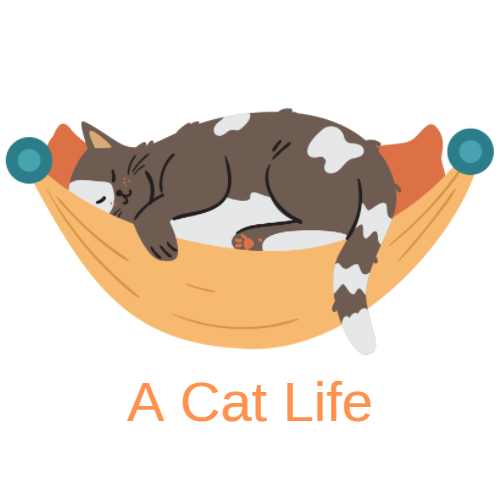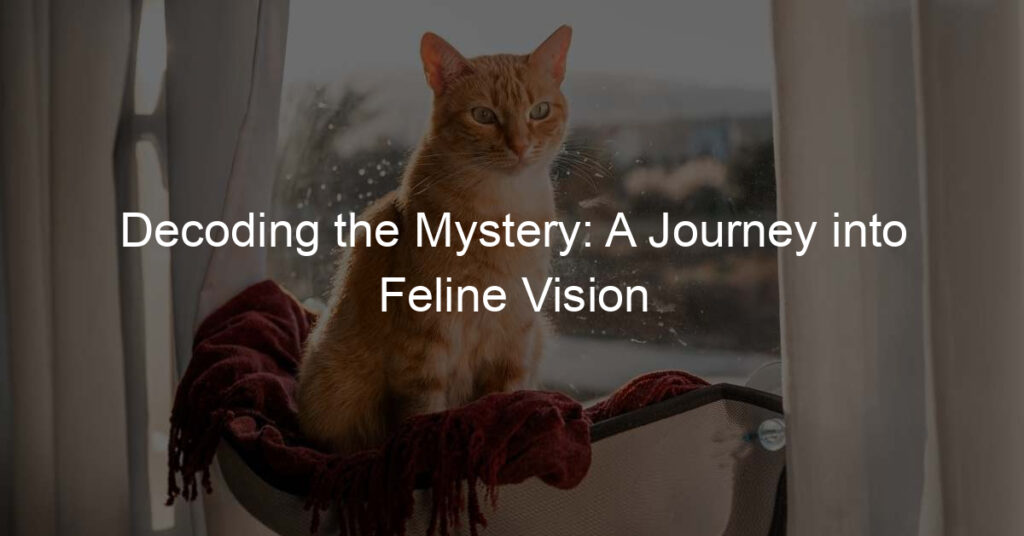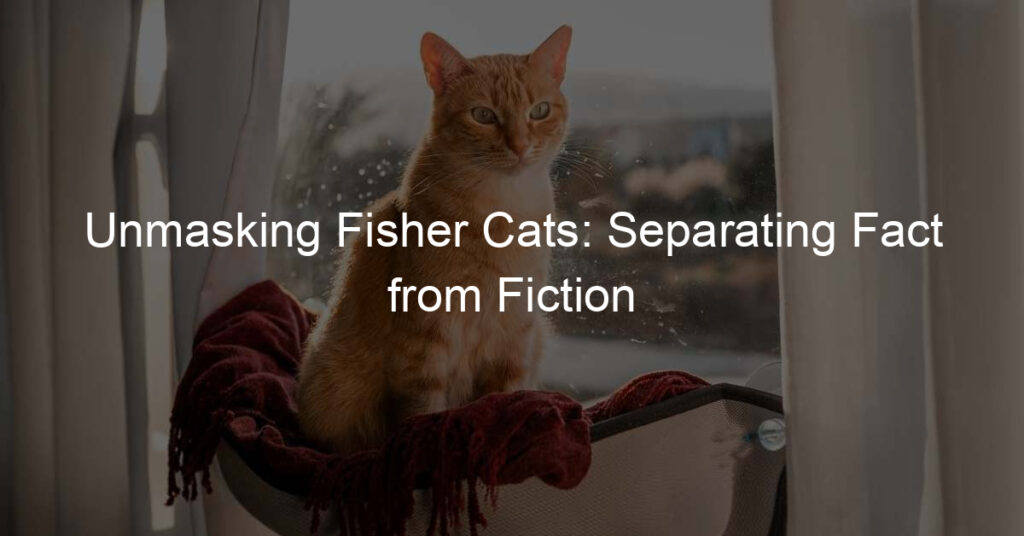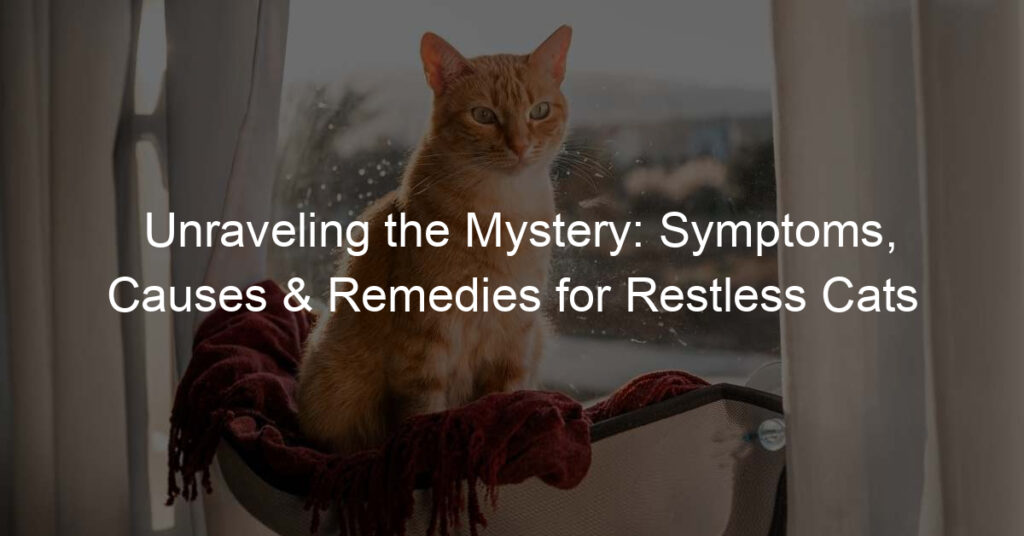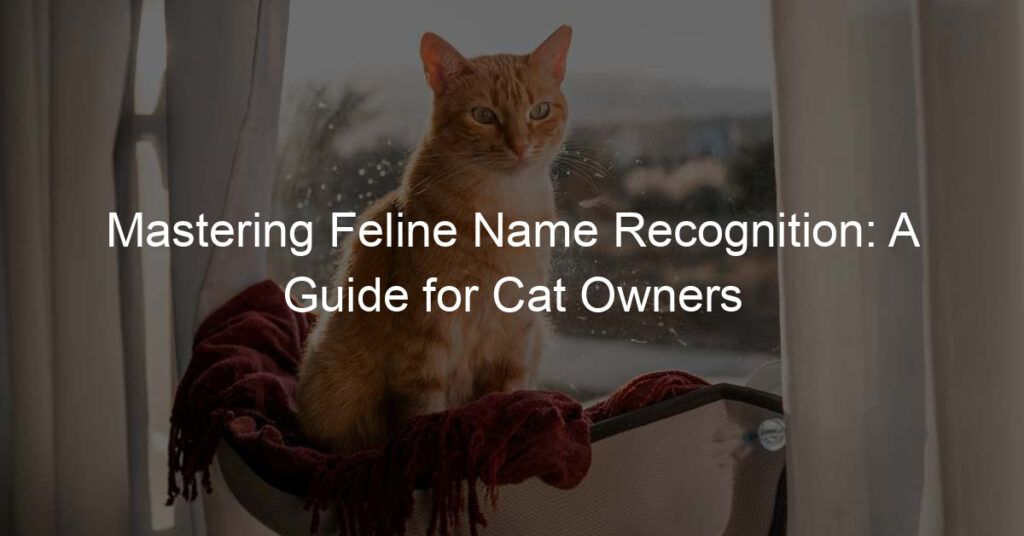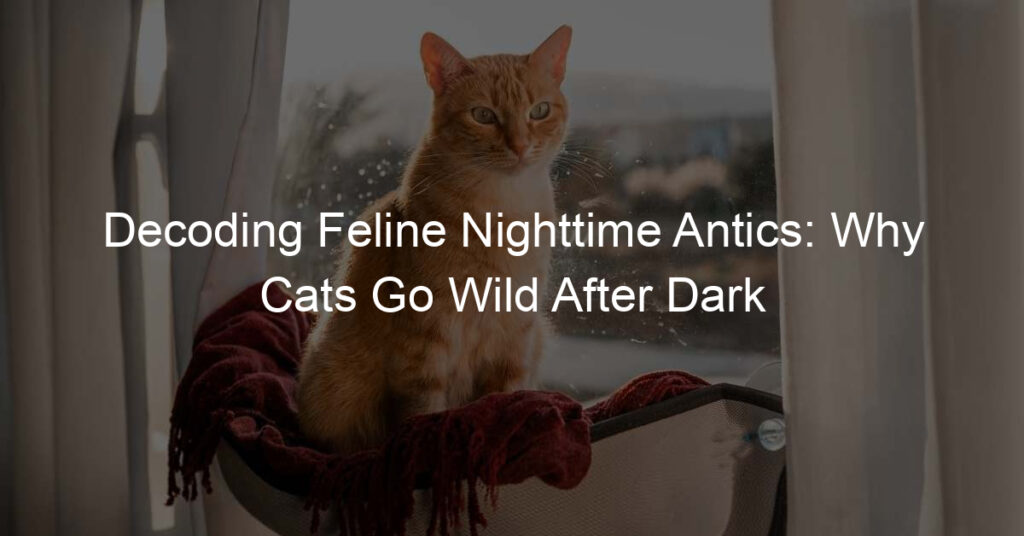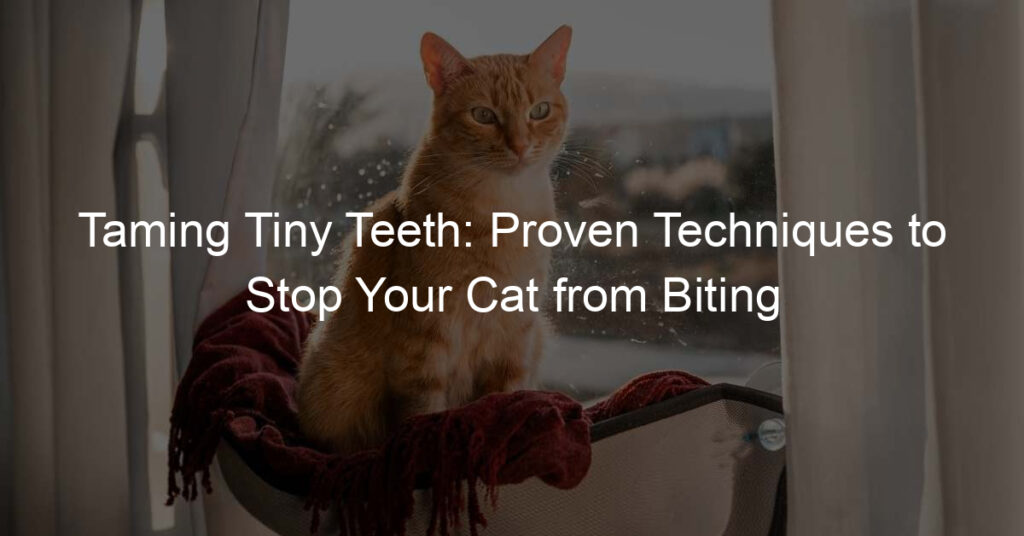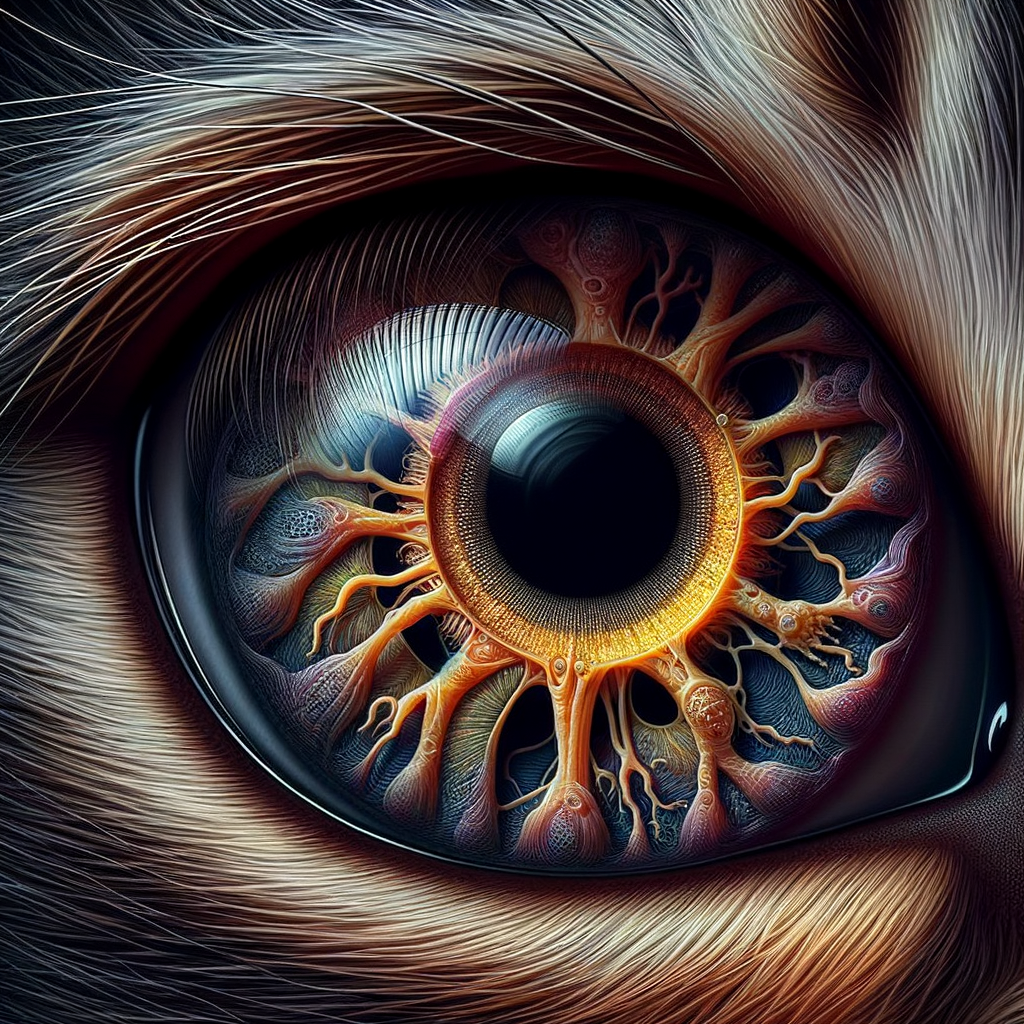
Introduction to Feline Vision
Welcome to our comprehensive guide on feline vision. As cat owners or enthusiasts, understanding how our furry friends see the world can help us better cater to their needs and enhance their well-being. Let’s dive in!
-
Understanding the Basics of Cat’s Visual Perception
Cats, like humans, rely on their eyes to navigate the world around them. However, their visual perception is quite different from ours. Cats are crepuscular creatures, which means they are most active during dawn and dusk. This is reflected in their vision, which is adapted to low light conditions.
While humans have more color receptors, cats have more rod cells in their eyes, which are responsible for detecting light and movement. This makes them excellent at spotting the slightest movement, even in dim light. However, it also means that they don’t see colors as vibrantly as we do. Cats see the world in shades of blue and yellow, but they can’t distinguish between red and green.
-
Exploring the World of Feline Vision
Another fascinating aspect of feline vision is their field of view. Cats have a wider field of view than humans – about 200 degrees compared to our 180 degrees. This, combined with their excellent peripheral vision, makes them highly alert to their surroundings.
Despite these impressive capabilities, cats’ vision is not perfect. They are nearsighted, which means they can’t see far-off objects as clearly as we can. To compensate for this, they rely on their other senses, like hearing and smell, to get a complete picture of their environment.
Understanding these aspects of feline vision can help us appreciate the unique way in which cats perceive the world. It can also guide us in creating a home environment that caters to their visual capabilities, ensuring their comfort and happiness.
Decoding the Cat’s Eye View
Ever wondered how your feline friend sees the world? Let’s dive into the fascinating world of cat vision and understand the unique structure of their eyes.
Physical Structure of Cat’s Eyes
Just like humans, cats rely on their eyes to navigate the world around them. But, the structure of a cat’s eye is quite different from ours. Let’s explore how.
- Understanding the unique structure of cat’s eyes
- How the structure of cat’s eyes contributes to their vision
Cats have a unique eye structure that sets them apart from humans and many other animals. Their eyes are larger compared to the size of their head, which gives them a wider field of view. The most noticeable feature of a cat’s eye is its vertically slit pupil. This type of pupil allows for precise control over the amount of light entering the eye, making it perfect for hunting in different light conditions.
The structure of a cat’s eye plays a significant role in its vision. The large size of their eyes and the shape of their pupils allow cats to capture more light, which helps them see better in low light conditions. Cats also have a layer of cells in their eyes called the ‘tapetum lucidum’ that reflects light back through the retina, enhancing their night vision. This is why cats’ eyes seem to glow in the dark!
Understanding the physical structure of a cat’s eye can help us appreciate their unique vision capabilities. It’s a fascinating insight into how our feline friends perceive the world around them.
| Feature | Description | Benefit to Cat’s Vision |
|---|---|---|
| Large Eyes | Larger compared to the size of their head | Provides a wider field of view |
| Vertically Slit Pupil | Allows precise control over the amount of light entering the eye | Perfect for hunting in different light conditions |
| Tapetum Lucidum | A layer of cells that reflects light back through the retina | Enhances night vision |
How Cat’s Vision Differs from Human Vision
Have you ever wondered how your cat sees the world? Cats’ vision is quite different from ours, and understanding these differences can help us better understand our feline friends. Let’s take a closer look at how cats’ vision compares to human vision.
- Comparing the visual perception of cats and humans
- Exploring the differences in color perception
Cats and humans perceive the world around them in very different ways. One of the main differences is in the field of view. Humans have a field of view of about 180 degrees, while cats have a wider field of view of about 200 degrees. This wider field of view helps cats to be more aware of their surroundings, which is particularly useful when hunting.
Another difference is in the distance vision. Humans can see objects clearly at a distance of 100-200 feet, while cats’ distance vision is much shorter, at about 20 feet. However, cats excel in near vision. They can see objects clearly at a distance of just a few inches, which is useful for catching small prey.
When it comes to color perception, cats and humans also see things differently. Humans can see a wide range of colors, thanks to the three types of cone cells in our eyes. Cats, on the other hand, have only two types of cone cells, which means they see fewer colors.
Research suggests that cats see the world in shades of blue and yellow, but cannot distinguish between red and green. So, if you’ve ever wondered why your cat doesn’t seem to notice your red laser pointer, now you know why!
| Aspect of Vision | Cats | Humans |
|---|---|---|
| Field of View | 200 degrees | 180 degrees |
| Distance Vision | 20 feet | 100-200 feet |
| Near Vision | Excellent | Varies |
| Color Perception | Blue and Yellow | Wide Range |
In conclusion, while cats may not see the world in the same way we do, their vision is perfectly adapted to their needs. Understanding these differences can help us better cater to our cats and appreciate the unique way they experience the world.
Exploring the World of Feline Vision
As we delve deeper into the fascinating world of feline vision, we come across some truly remarkable abilities that cats possess. One such ability is their exceptional night vision. Let’s explore this in more detail.
How Cats See in the Dark
Have you ever wondered how your furry friend can navigate so effortlessly in the dark? The secret lies in their extraordinary eyes. Here’s how they do it:
- Unveiling the mystery of cat’s night vision
- How cats use their vision to navigate in low light conditions
Cats have a special layer in their eyes called the tapetum lucidum, which acts like a mirror, reflecting light back through the retina. This increases the amount of light available for the cat’s eyes to see. It’s like having built-in night vision goggles!
Aside from the tapetum lucidum, cats also have a higher number of rods – the part of the eye sensitive to low light – than humans do. This allows them to see clearly even in nearly total darkness. Moreover, their elliptical pupils can open wider to let in more light, enhancing their ability to see in the dark.
These unique adaptations allow cats to rule the night, hunting with precision and navigating with ease even in low light conditions. It’s no wonder they are such successful predators!
Cats and Motion Detection
One of the most fascinating aspects of a cat’s vision is its ability to detect motion. This skill is crucial for their survival in the wild, and it remains a significant part of their behavior even in domestic settings. Let’s delve into understanding how cats detect motion and explore the role of vision in their hunting behaviors.
- Understanding how cats detect motion
- Exploring the role of vision in hunting behaviors
Cats are natural predators, and their ability to detect even the slightest movement is a testament to their hunting prowess. Their eyes are specially designed to pick up on quick, tiny movements. This is due to a high concentration of a certain type of cell in their eyes, called the ‘rod cells’. These cells are highly sensitive to motion and low light conditions, giving cats an edge when it comes to spotting their prey.
Moreover, cats have a wider field of view compared to humans. While humans have a field of view of around 180 degrees, cats enjoy a whopping 200 degrees. This wider field of view allows them to detect motion in a larger area, increasing their chances of spotting potential prey.
Now that we understand how cats detect motion, let’s look at how this skill plays a role in their hunting behaviors. Cats are ambush predators, meaning they rely on stealth and surprise to capture their prey. Their excellent motion detection skills allow them to spot potential prey from a distance and plan their attack accordingly.
Once they have spotted their prey, cats use their sharp vision to track it. They can focus on their prey with laser-like precision, keeping it in their sight even as it tries to escape. This ability to track motion accurately is a crucial part of a cat’s hunting strategy, allowing them to strike with deadly accuracy when the moment is right.
In conclusion, a cat’s ability to detect motion is a key part of their survival strategy. It allows them to spot potential prey from a distance, track it accurately, and strike with precision. So, the next time you see your cat pouncing on a toy or a laser pointer, remember that you are witnessing a display of their incredible hunting skills honed by nature.
Feline Eye Health
When it comes to our beloved feline friends, their eye health is of utmost importance. Cats, like humans, can experience a variety of eye health issues. Understanding these problems can help us take better care of our pets.
Common Eye Problems in Cats
There are several common eye problems that cats may encounter. Let’s explore some of them and learn how to identify them.
- Identifying common feline eye health issues
- Understanding the symptoms and treatments for these issues
Some common eye health issues in cats include conjunctivitis, corneal ulcers, cataracts, and glaucoma. Conjunctivitis is an inflammation of the conjunctiva, the thin membrane that covers the inner surface of the eyelid and the white part of the eye. Corneal ulcers are sores on the cornea, the clear outer layer of the eye. Cataracts are a clouding of the lens inside the eye, and glaucoma is a condition where pressure builds up in the eye, causing damage to the optic nerve.
Each of these conditions presents different symptoms. Conjunctivitis may cause redness, discharge, and squinting. Corneal ulcers can cause pain, redness, and cloudiness in the eye. Cataracts often result in a cloudy or bluish-gray appearance in the eye, while glaucoma can cause enlarged pupils, cloudiness, and vision loss.
Treatments vary depending on the condition. Conjunctivitis is often treated with antibiotic eye drops, while corneal ulcers may require surgery. Cataracts can be treated with surgery to replace the cloudy lens, and glaucoma is typically managed with medication to reduce pressure in the eye. Always consult with a vet for the best course of action.
Remember, early detection and treatment of these conditions can help prevent permanent damage to your cat’s eyes. Regular check-ups with a vet are essential to maintain your cat’s eye health.
Preventing Eye Health Issues
Keeping your cat’s eyes healthy is an essential part of pet care. Here are some practical tips and advice on when to consult a vet about your cat’s vision.
- Practical tips for maintaining your cat’s eye health
Just like humans, cats can also suffer from eye health issues. However, with proper care and attention, you can help prevent these problems. Here are some practical tips:
- Regular Cleaning: Keep your cat’s eyes clean by gently wiping them with a damp cloth. This can help remove any dust or debris that might cause irritation.
- Proper Nutrition: A balanced diet is crucial for your cat’s overall health, including their eyes. Foods rich in vitamins A and C are particularly beneficial for eye health.
- Regular Check-ups: Regular vet check-ups can help detect any potential eye health issues early. This can lead to more effective treatment and prevention.
- When to consult a vet about your cat’s vision
While regular home care is important, there are times when professional help is needed. Here are some signs that your cat may need to see a vet:
- Changes in Appearance: If you notice any changes in your cat’s eyes, such as cloudiness or discoloration, it’s time to consult a vet.
- Behavioral Changes: Cats often show changes in behavior when they’re not feeling well. If your cat is squinting, blinking excessively, or avoiding light, these could be signs of an eye problem.
- Physical Discomfort: If your cat is pawing at their eyes or seems to be in pain, don’t wait. Seek veterinary help immediately.
Remember, your cat’s eyes are a window to their health. By following these tips and knowing when to seek professional help, you can ensure your feline friend stays healthy and happy.
Conclusion: Understanding Cat’s Vision
As we wrap up our exploration into the fascinating world of feline vision, let’s take a moment to recap our journey and highlight the key takeaways.
- Recap of the journey into the world of feline vision:
- Key takeaways from the exploration of cat’s eyes:
We started by introducing the unique characteristics of feline vision, explaining how cats see the world differently than humans. We decoded the cat’s eye view, revealing how their eyes are designed for both day and night vision. We then delved deeper into the world of feline vision, discussing the colors cats can see, their ability to detect motion, and their impressive peripheral vision. Lastly, we touched on the importance of maintaining good feline eye health, providing tips to keep your cat’s eyes in top condition.
Our exploration has revealed several key insights. Cats have a wider field of view and better night vision than humans, thanks to their larger corneas and tapetum lucidum. However, they see fewer colors and their vision is less detailed. Regular check-ups are crucial for maintaining your cat’s eye health and detecting any potential issues early.
In conclusion, understanding your cat’s vision can help you better cater to their needs and ensure their well-being. Remember, their unique vision is a part of what makes them the fascinating creatures they are. So, the next time your cat stares intently at something you can’t see, remember – they’re simply seeing the world through their own special lens.
